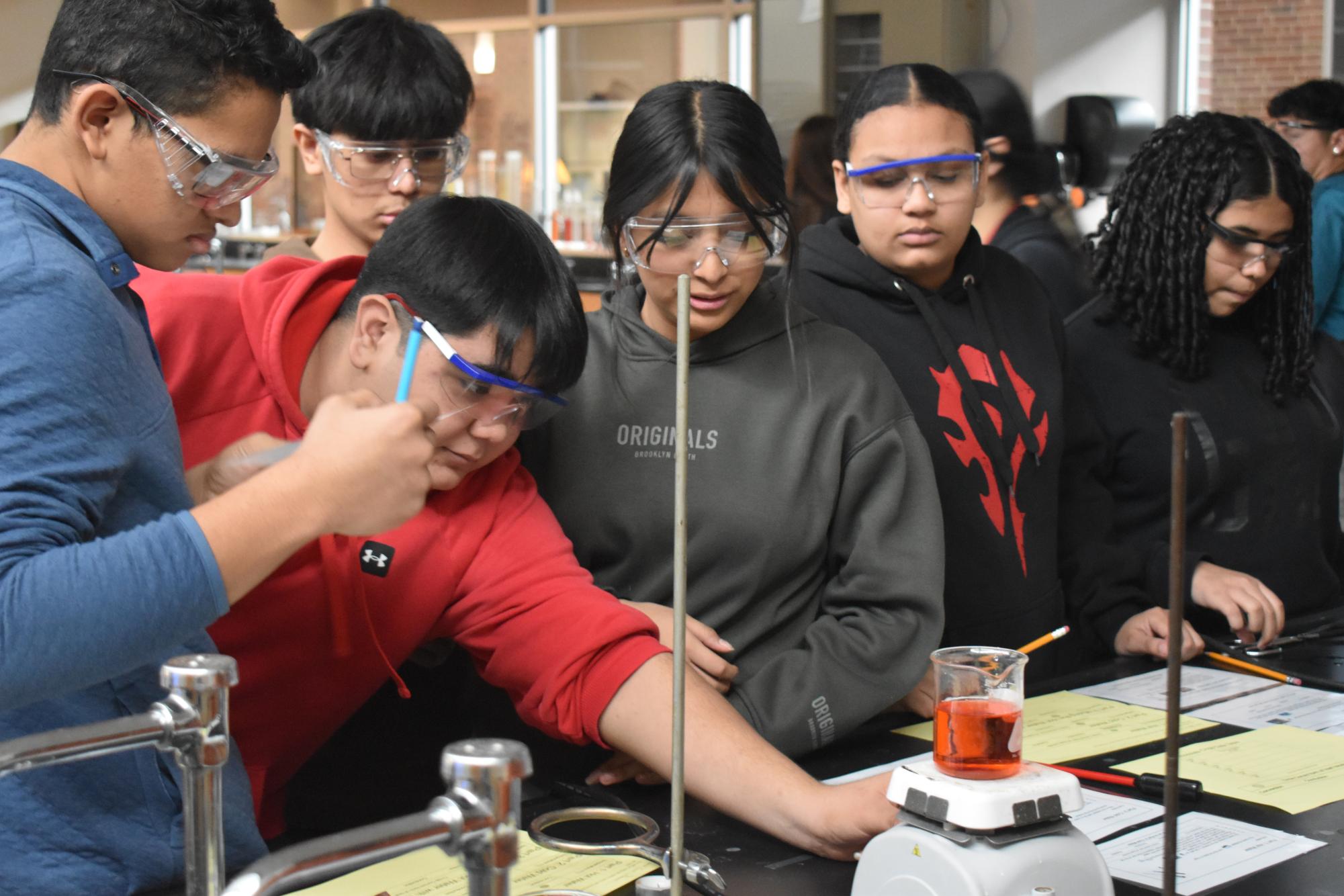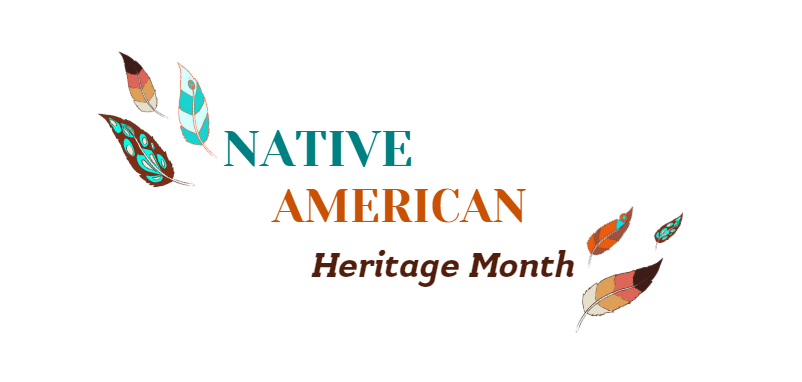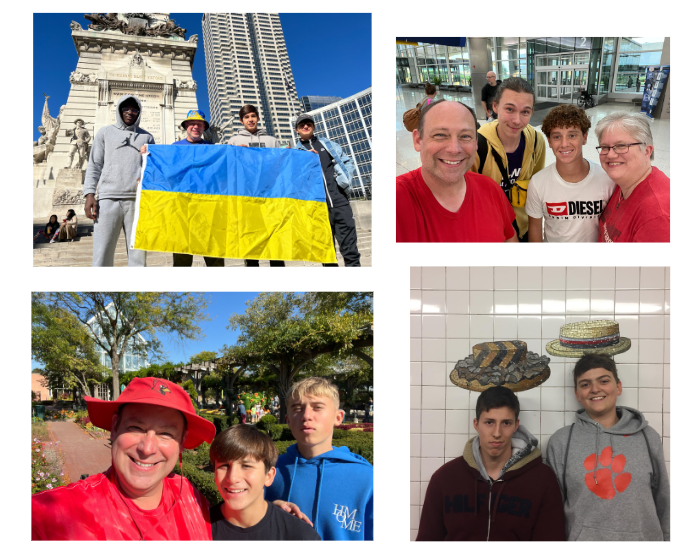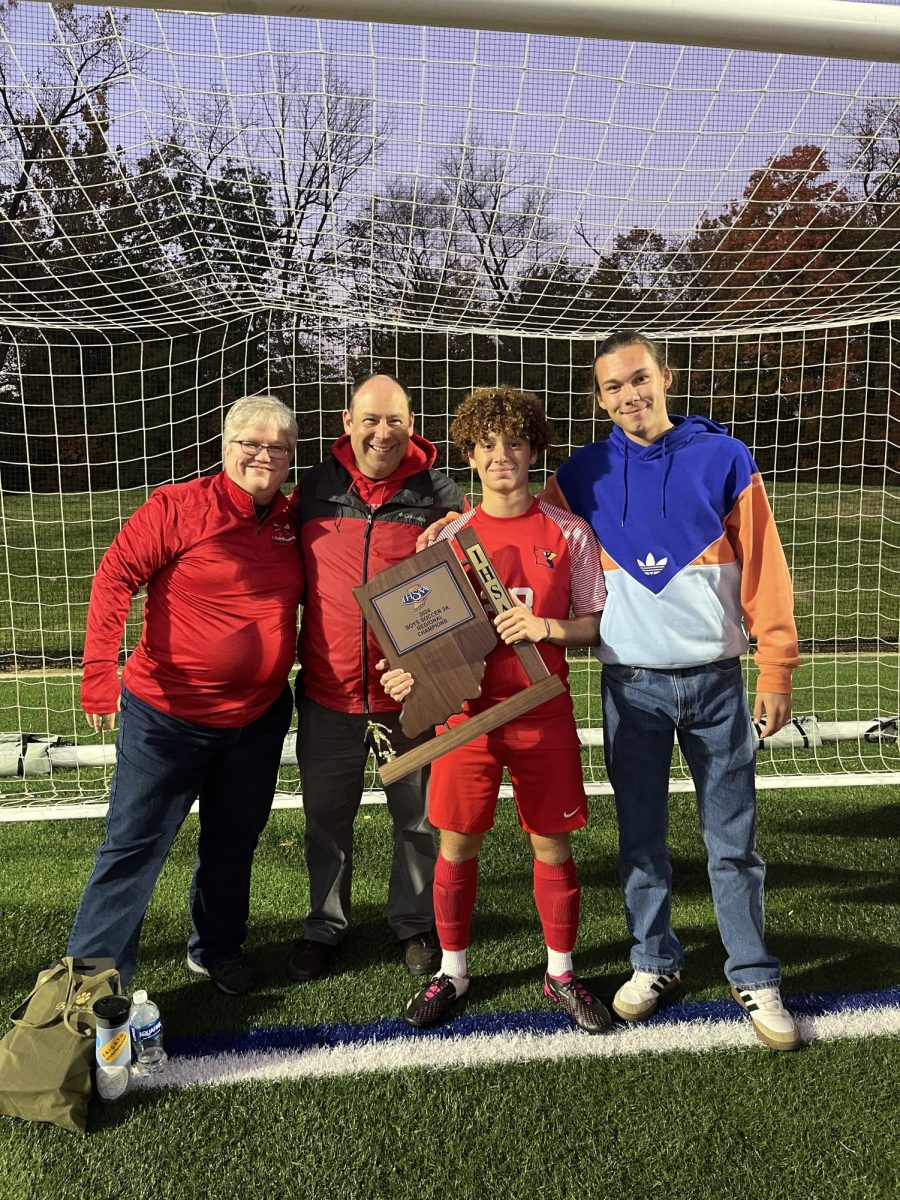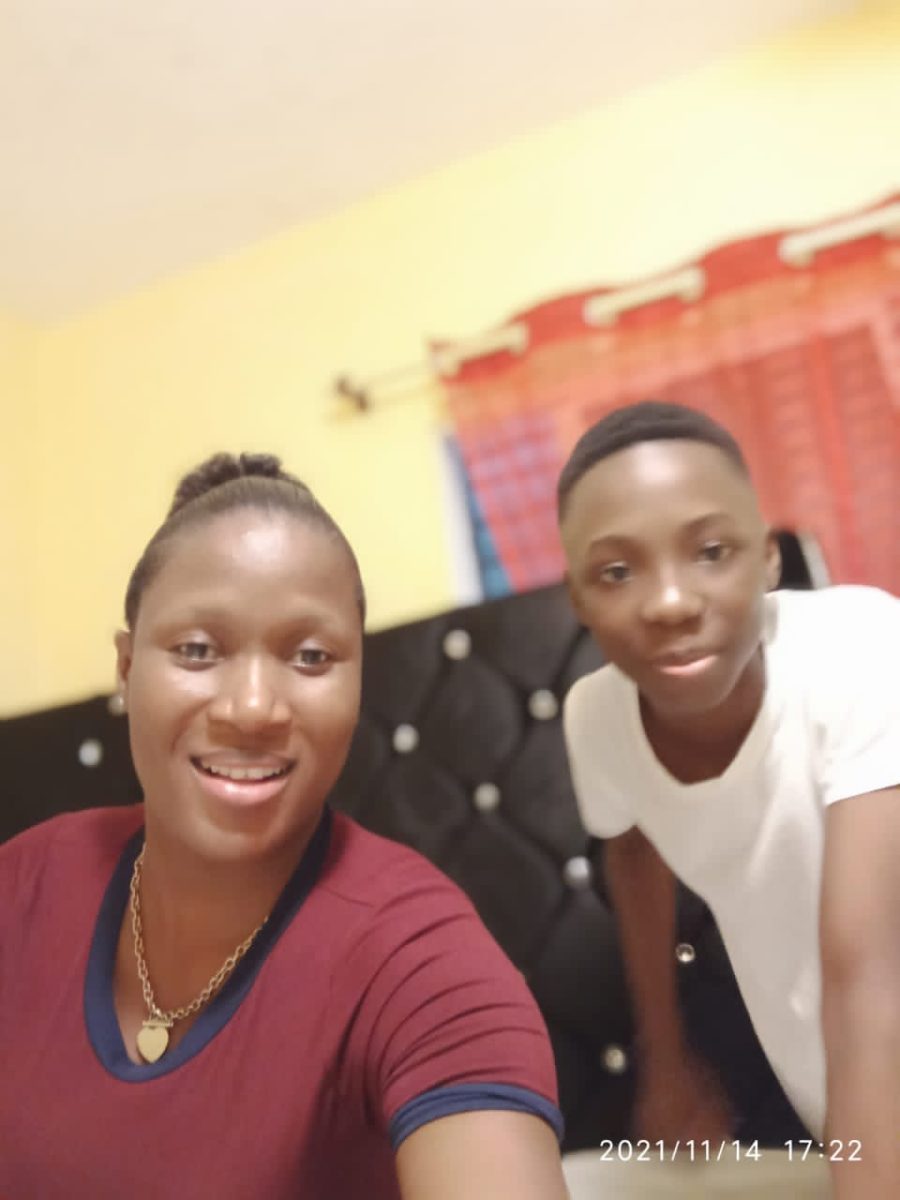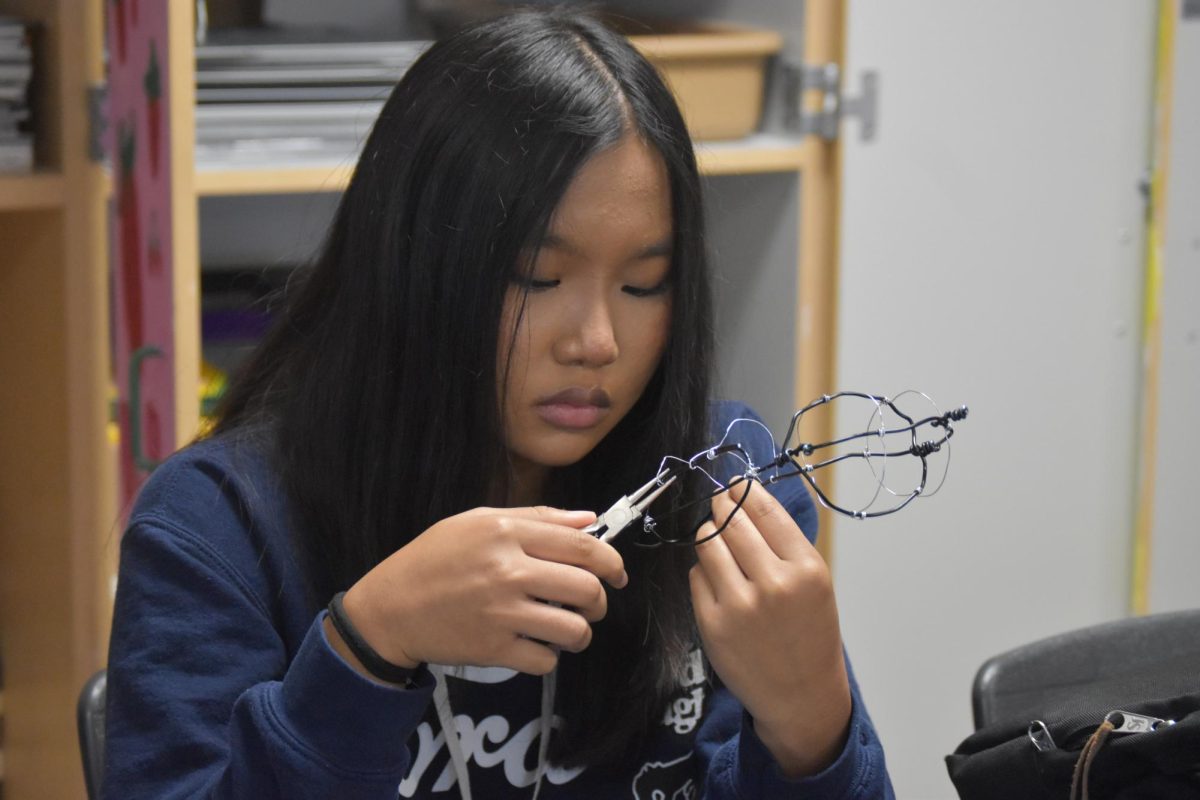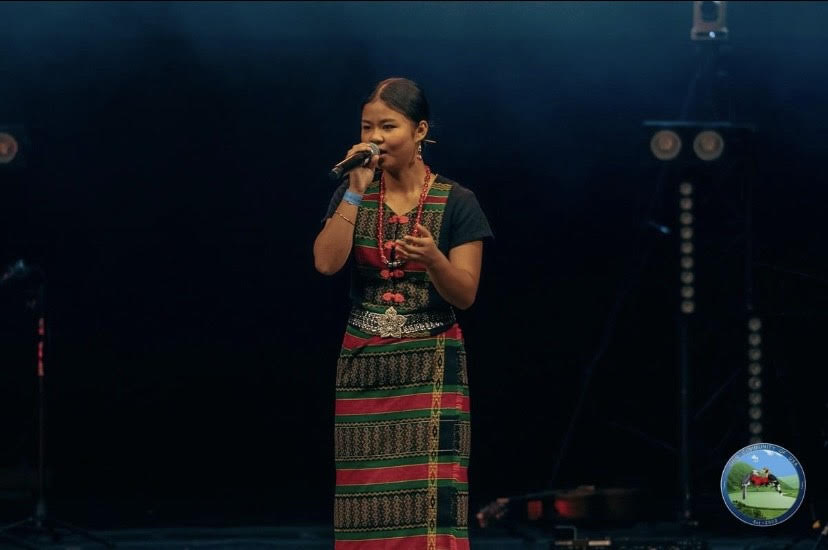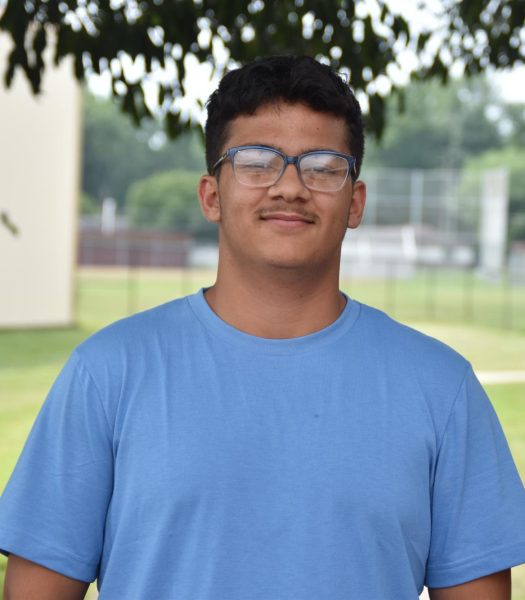Weeks into the introduction of forensic science, the same routine anchors Science teacher Joan Tejchma’s sheltered class.
Students grab their folders and journals and glance at the board. Their objectives are full of phrases like “analyze evidence” and “investigate crime scenes.”
Tejchma still ensures her students know what they’re doing and why, but now there’s a buzz of curiosity in the air as students connect their language learning to hands-on, real-world science.
As Tejchma introduces different fields of science into her sheltered classes, the shift is not just about routine for her- it’s about fostering purpose and opening doors for her students.
Students came into this complicated topic with little to no knowledge, but frequent lab visits under Tejchma’s guidance helped them grow comfortable in their new environment.
Gradually, they became more independent, asking fewer questions as their confidence increased.
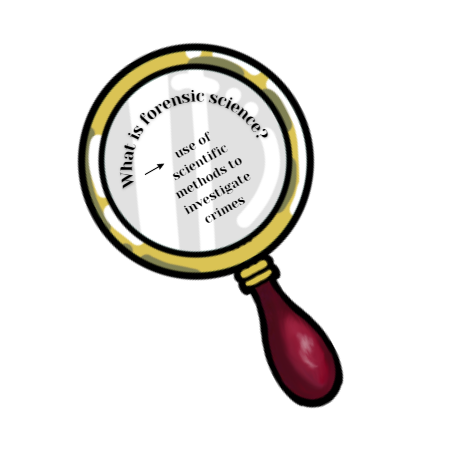
One of her students, sophomore Wesley Sailo, knows the feeling.
“You’re here to learn, and everything is gonna be hard at first,” Sailo said. “It’s gonna get easier once you listen.”
Tejchma introduced this type of science because “it’s a part of everyday life,”. She believes students respond better to moving around and exploring hands-on.
“It’s real life, it means something,” Tejchma said.
Her background played a significant role in this decision.
As a chemist with 15 years of experience in the forensic science field, Tejchma always valued the interaction of language and science.
Her own dedication to learning Spanish while in school made teaching forensic science to her sheltered class a perfect fit.
To ensure her lessons are accessible, Tejchma implemented visuals like pictures and videos into her lesson plans, simplifying complex concepts for her students.
The students in her class have enjoyed the challenging aspect of the class. They are motivated to learn and understand the subject, even when it’s confusing.
“They really like it,” Tejchma said. “It’s really confusing, and they actually want to try (to) understand.”
The main struggle for these students is the language barrier because they struggle with English, but they are just like any regular class of teenagers.
“It’s always the language, because even though they don’t speak English as their first language, they still flirt with each other, talk, play,” Tejchma said. “Just another set of teenagers.”
Tejchma hopes that by doing this, students will be able to practice completing labs independently, further growing their knowledge and initiative.
Additionally, she hopes the students will use this opportunity to learn how to follow step-by-step tasks with the aid of pictures.
“The labs, I hope, will help them in a job in the future. Even though they don’t understand the language, they will be able to do the steps of a job with pictures,” Tejchma said.
Looking ahead, Tejchma plans to expand her forensic science curriculum next year, hoping more students can experience this subject
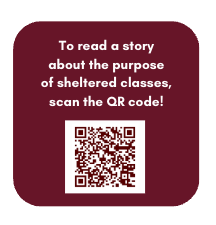
Students who are in the process of learning English are also learning science with Tejchma’s different teaching tactics.
Her methods have not only transformed her classroom, but also gathered attention from educators statewide. Tejchma shares her strategies at conferences and hosts teachers from across Indiana, like teachers from Evansville, who are excited to learn about her creative and effective techniques.
What started as simple objectives on the board has become a journey of curiosity and independence. For Tejchma, it’s more than just science. It’s about giving her students tools to succeed, no matter what the language they speak.



